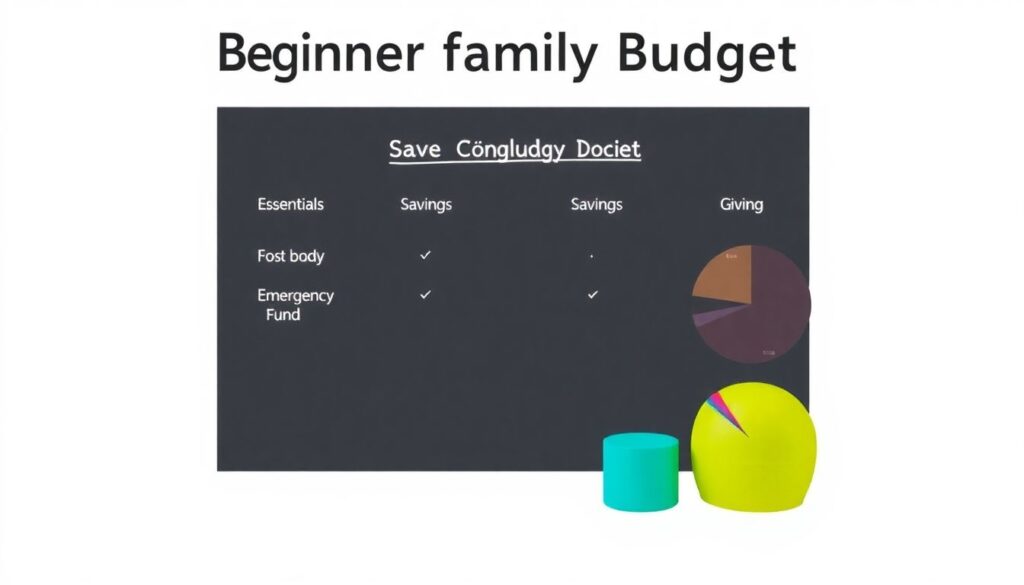Why Teaching Kids About Money Matters More Than Ever
Let’s face it — we’re living in the age of contactless payments, instant online purchases, and digital subscriptions. Kids are growing up in a world where money is often invisible. That’s why teaching kids about money in 2025 requires more than just handing them a piggy bank. It means preparing them for a future where financial literacy is as essential as reading and writing. According to a 2024 report from the National Financial Educators Council, only 27% of teens could correctly answer basic personal finance questions. That number alone shows how far we still need to go.
In our family, we started early. My 7-year-old daughter has a prepaid debit card linked to a child-friendly app. Each time she completes a chore, she earns a small amount. She sees the balance grow in real time — and more importantly, she sees it shrink when she spends. That visual feedback is powerful. It’s no longer abstract. It’s real money, and it’s hers.
Start with Conversations, Not Lectures

Children’s financial education begins not with rules, but with questions. A great starting point is simply talking about money in everyday situations. At the grocery store, explain why you’re choosing one brand over another. When paying bills, let them see how utilities and rent are part of the monthly budget. These real-world examples stick.
One effective approach is the “three jars” method — Save, Spend, and Share. My 10-year-old son uses this system with his weekly allowance. He puts 50% in Save, 40% in Spend, and 10% in Share. Recently, he used his “Share” funds to donate socks to a local shelter. That kind of experience teaches both empathy and financial planning — a win-win in any family finance guide.
Technical Insight: Age-Appropriate Financial Tools
Today’s fintech market offers a wide range of tools tailored for children. Apps like Greenlight, GoHenry, and BusyKid provide real-world banking experiences with parental oversight. These platforms allow kids to set savings goals, track spending, and even invest in fractional shares of companies they recognize — yes, your 12-year-old can own a piece of Disney.
Key Fact: According to a 2023 Deloitte study, families who use digital financial tools with their kids report a 42% increase in money-related conversations at home. That’s a huge step toward building long-term financial confidence.
How to Teach Kids About Savings in a Digital World
Saving today isn’t just about coins in a jar — though that can still be a helpful visual for younger kids. The trick is to make savings tangible even when the money is digital. Set a goal together, like saving for a new Lego set or a summer camp. Then track progress in a shared app or on a physical chart on the fridge.
In our household, we introduced a “parent match” program. For every dollar our kids save, we match 25 cents. It’s similar to a 401(k) match for adults, and it reinforces the idea that saving is rewarded. This method has been incredibly motivating — our 8-year-old recently saved $100 for a new scooter, and the look of pride on his face was priceless.
Technical Insight: Compound Interest in Simple Terms
Even young children can grasp the magic of compound interest when framed the right way. Here’s how I explained it to my daughter: “If you put $10 in your savings and it grows by 10% each year, next year you’ll have $11. But the year after that, you earn interest on $11, not just $10. That’s your money making money.”
Fact: A $100 monthly deposit into a child’s savings account earning 5% interest annually will grow to over $20,000 in 10 years. That’s the power of starting early.
Budgeting for Families: Make It a Team Sport
Budgeting doesn’t have to be a chore — it can be a family activity. In 2025, with inflation, rising housing costs, and unpredictable markets, it’s more important than ever to involve kids in basic budgeting. Let them help plan the grocery list within a set limit. Or work together to decide how much to allocate for entertainment this month.
We have a Sunday ritual: each family member shares one financial goal for the week. Sometimes it’s as simple as “I won’t spend money on snacks at school.” Other times, my teens will plan how to split birthday money between spending and saving. These conversations normalize budgeting and build confidence.
Technical Insight: Create a Simple Family Budget

A beginner family budget includes five categories: Essentials (like food and rent), Savings, Emergency Fund, Fun, and Giving. Use a 50/20/20/5/5 rule as a starting point. Involve kids in allocating money and setting spending limits.
Pro Tip: Use visual aids like pie charts or color-coded envelopes to make the budget tangible for younger kids. Seeing where money goes helps them understand why we can’t “just buy it” every time.
Modern Trends in Children’s Financial Education
In 2025, children’s financial education is evolving fast. Schools are slowly catching up — 23 U.S. states now require personal finance education for graduation, up from just 17 in 2020. But the real momentum is coming from families. Parents are taking the lead, and technology is supporting them.
Cryptocurrency is also entering the conversation. While you don’t need to teach your 6-year-old about blockchain, older kids can benefit from understanding digital assets and financial risk. We recently had a family dinner about Bitcoin — not to invest, but to understand why it’s in the news and what “value” really means.
Real Example: Teen Investment Clubs
A growing number of high schools now host student-led investment clubs. My nephew, a 15-year-old sophomore, joined one last year. With guidance from a teacher, they created mock portfolios and tracked real-time stock prices. He now talks about diversification and long-term growth strategies — concepts many adults struggle with.
Fact: According to Fidelity’s 2024 Youth and Money Report, teens who participate in investment simulations are 2.5x more likely to invest before age 25.
Final Thoughts: Build Habits, Not Just Knowledge

Teaching kids about money isn’t a one-time lesson — it’s a lifelong process. The most important thing is consistency. With the right tools, real-life examples, and open conversations, you’ll raise children who are confident, thoughtful, and prepared to make smart financial decisions.
So whether you’re budgeting for families, setting up savings goals, or exploring digital finance tools, remember: It’s not about perfection. It’s about progress. Start small, stay curious, and grow together.
And maybe — just maybe — your kids will thank you one day when they’re confidently navigating their own financial futures.

